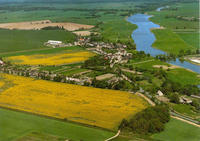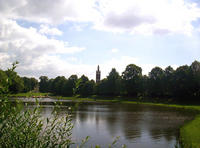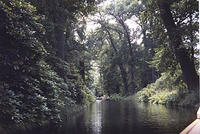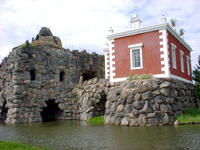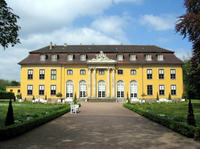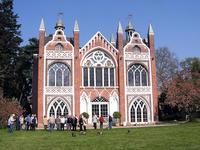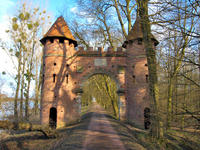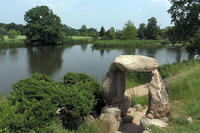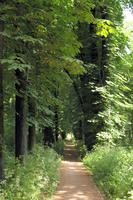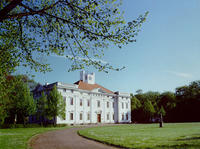You are in: Europe -> Germany -> Garden Kingdom of De... , and traditional search or Image Gallery will yield results of this site only
Garden Kingdom of Dessau-Wörlitz
| Site number: | 534 |
|
| Type of site: | Cultural | |
| Date: | 18 century | |
| Date of Inscription: | 2000 | |
| Location: | Europe, Germany, State of Saxony-Anhalt (Sachsen-Anhalt) | |
Up to 75 images are shown here. Click on each for more details or on Image Gallery for more images.
| Description: | The Garden Kingdom of Dessau-Wörlitz is an outstanding illustration of landscape design and planning from the 18th century age of the Enlightenment. In an exemplary manner serving aesthetic, educational, and economic purposes are its sundry components - exceptional buildings, landscaped parks and English style gardens, and delicately tailored areas of agricultural land. --WHMNet paraphrase from the description at WHC Site, where additional information is available. | |
| The Dessau-Wörlitz Garden Realm, also known as the English Grounds of Wörlitz, is one of the first and largest English parks in Germany and continental Europe. It was created in the later part of the 18th century under the regency of Prince-elector Leopold III Friedrich Franz of Anhalt-Dessau. The park lies on the anabranch of the Elbe, making it rich in water and diversity. The park had its origin in the 17th century, when a local prince's marriage to a Dutch princess brought a team of engineers and architects from the Low Countries to lay out the town and park of Oranienbaum. The Dutch influence remained prevalent in Anhalt-Dessau for many decades, until the Anglophile elector Leopold III engaged Friedrich Wilhelm von Erdmannsdorff to build Schloss Wörlitz (1769-73), the first Neoclassical building in Germany. Johann Friedrich Eyserbeck, a garden architect who designed the English Park for Leopold, was obviously indebted to such British antecedents as Claremont, Stourhead, and Stowe. The philosophy of Jean-Jacques Rousseau and the aesthetic of Johann Joachim Winckelmann underlie the design of the park in Dessau-Wörlitz. Rousseau saw in agriculture the basis of everyday life and pointed out to educational functions of the natural landscape. Unsurprisingly, the most elegant landscape in the area is Rousseau Island, scored to imitate the island in Ermenonville where the philosopher was buried. Minor structures of the Garden Realm, stretching for some 25 km, had far-reaching ramifications in architecture of Central Europe. The Gothic House, started by Erdmannsdorff in 1774, was one of the first Neo-Gothic structures on the continent. In 1790, the Chinese Park was laid out in Oranienbaum according to the theories of Sir William Chambers. In the early years of the following century, the landscape was enriched with the Neo-Gothic churches in Riesigk (1800), Wörlitz (1809), and Vockerode (1811). The grounds, which had been divided into four parts since the constructions of a railway line and highway in the 1930s, were designated a World Heritage Site by UNESCO in 2000. The ICOMOS, however, noted that "the overall structure of the landscape has undergone a good deal of deterioration". Currently, a major road passes only meters away from Rousseau Island. --Wikipedia. Text is available under the Creative Commons Attribution-ShareAlike License. | ||
| Source: | http://whc.unesco.org/en/list/534 | |
| Reference: | 1. UNESCO World Heritage Center, Site Page. | |


